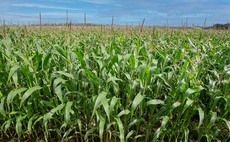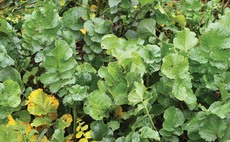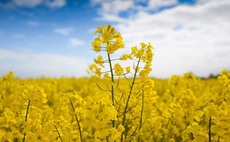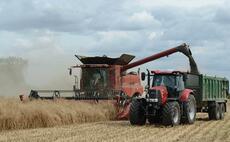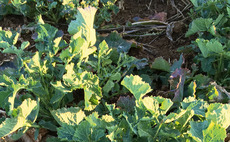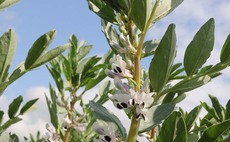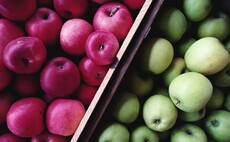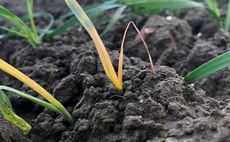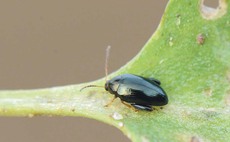Crops
Arable
Crop health faces huge challenges including climate change, biosecurity, pesticide availability, legislation and pesticide resistance.
Arable
As the weather turned wet in early October, the 2020 maize harvest could be described as a tale of two halves.
Arable
With many cover crops growing well this autumn thanks to good September moisture, management over winter will be important to ensure soils are in the best state for spring crops.
Arable
Oilseed rape plantings have fallen to their lowest level since 1986 at 318,000 hectares, according to AHDB’s Early Bird planting survey.
Arable
The 2020 season saw a wet autumn and winter, followed by a dry spring and a dull summer. Despite this, YEN estimated autumn sown crop potential of 18 tonnes per hectare this year.
Arable
Despite good oilseed rape establishment across much of the country this season, growers should be alert to the possibility of significant larval damage in the spring, as cabbage stem flea beetle pressures may not have fallen.
Arable
PGRO’S decision to move from a pea and bean Recommended List to a Descriptive List aims to encourage innovation from breeders, free of the knowledge their efforts will not be hampered by the list’s narrow assessment
Arable
Growers who are looking to convert from conventional to organic farming now have the option to add value to their crop’s marketing during the transition period.
Arable
Outbreaks of frit fly damage are being reported by ProCam agronomists in different parts of the country in winter cereal crops planted after spring oats.
Arable
Significant differences have been identified in the resistance of leading commercial oilseed rape varieties to cabbage stem flea beetle (CSFB) feeding.

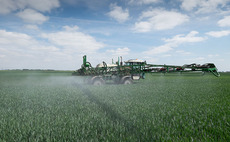
 27 November 2020
•
7 min read
27 November 2020
•
7 min read
